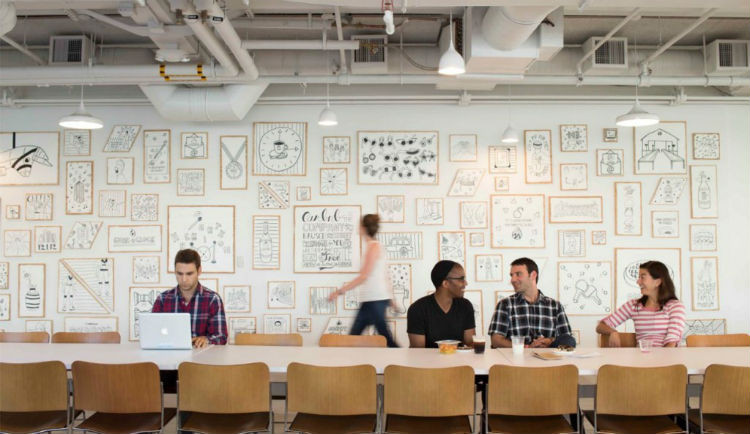What to Expect in 2018 with respect to Human Capital

2017 was a huge year for HR departments around the world with organizations prioritizing the well-being and satisfaction of their employees. In the past year, executives focused their attention on building a better environment for their workforce, and invested in strategies to help recruit and retain top talent. Buzzwords like ‘culture’ and ‘engagement’ continuously made their way to the forefront of business discussions.
2018, however, will bring a fresh set of trends to the table that will significantly impact the way HR operate and perform their daily tasks. Now that organizations have built a foundation for employee success, executives will now be looking for ways to provide their workforce with the tools they need to thrive and develop. Many companies have shared with us that 2018 will be the year to invest in more digital tools and systems. Below are the HR trends that experts are expecting to see in 2018:
The Drive Towards Digital
There is no denying the fact that technology has transformed the way employee’s go about their daily activities. Today’s digital tools are more user-friendly than ever before, and vendors have built industry-specific solutions to meet the niche needs of organizations that have often been ignored by the big corporations in the tech space. With all of these advances in technology, it’s likely that investments in digital tools and strategies will reach its peak in 2018. HR has historically been bogged down by time-consuming administrative tasks, restricting them to impact their organization in terms of strategy and decision making. By automating key functions of HR through tools and software solutions, HR professionals will have more time to spend on developing key strategies that can help move their organization forward. We have often been advocating that HR belongs in C-Suite discussions. Given recent tech advancements and the increase in software accessibility, it’s likely that we will see the true power of HR in 2018. And it is about time that we ensure this happens especially in Malta.
The Employee Experience
Culture and employee engagement were a top priority for executives in 2017. This is largely linked to the influx of millennials entering the workforce expecting offices to be equipped with beer fridges, ping pong tables, and nap pods. This made executives scramble to invest in creating a work environment that feels as least like work as much as possible. Now, larger companies are realizing that the employee experience is much more important than culture and engagement combined. However, we need to be cautious and not go overboard. Some companies in our local market have taken the “work environment” practices to the extreme. Where “Friday parties” are the norm, with employees binging on free-flowing alcohol with a DJ on site. One wonders what kind of values such practices are being passed on to our young workforce. The employee experience is a sum of all interactions employees have with their employer, and focuses more on an employee’s perception of their executives. Experts have found that the employee experience is the foundation of employee engagement, and positively correlated to the customer experience. A word of advice; let us promote “healthy working environments” where the focus of organizations is to provide the best service/product to all their stakeholders.
The Rise of Workforce Analytics
Workforce analytics also known as HR analytics, is a tool used by organizations to measure, characterize, and organize important workforce data. This information is crucial when determining employee performance and is a good indicator of an employee’s success potential. In their latest HR Pulse Report of 2017, PwC respondents reported that most companies are still poorly equipped in terms of HR Analytics due to insufficient resources and competencies within the HR department. When discussing the importance of workforce analytics with Josh Bersin, Principal and Founder of Bersin by Delloitte, he says that such tools are a “must-have” for organizations around the globe. This is largely due to their role in strategic decision making. Today’s workforce analytics are also predictive, and can help HR develop strategies to top employees that are showing signs of leaving. This insight is key to organization stability and growth. While no one can know for sure what HR trends 2018 will deliver, studies and expert opinions point towards digital tools, the employee experience, and the rise of workforce analytics. One thing we can say for sure, however, is that technology will continue to impact HR and the way they operate. To stay ahead of the game, executives should begin preparing their organizations as soon as possible.

